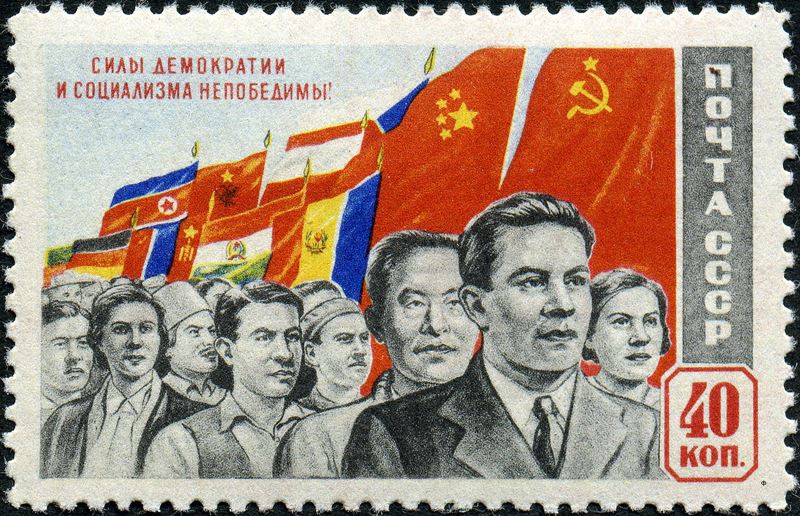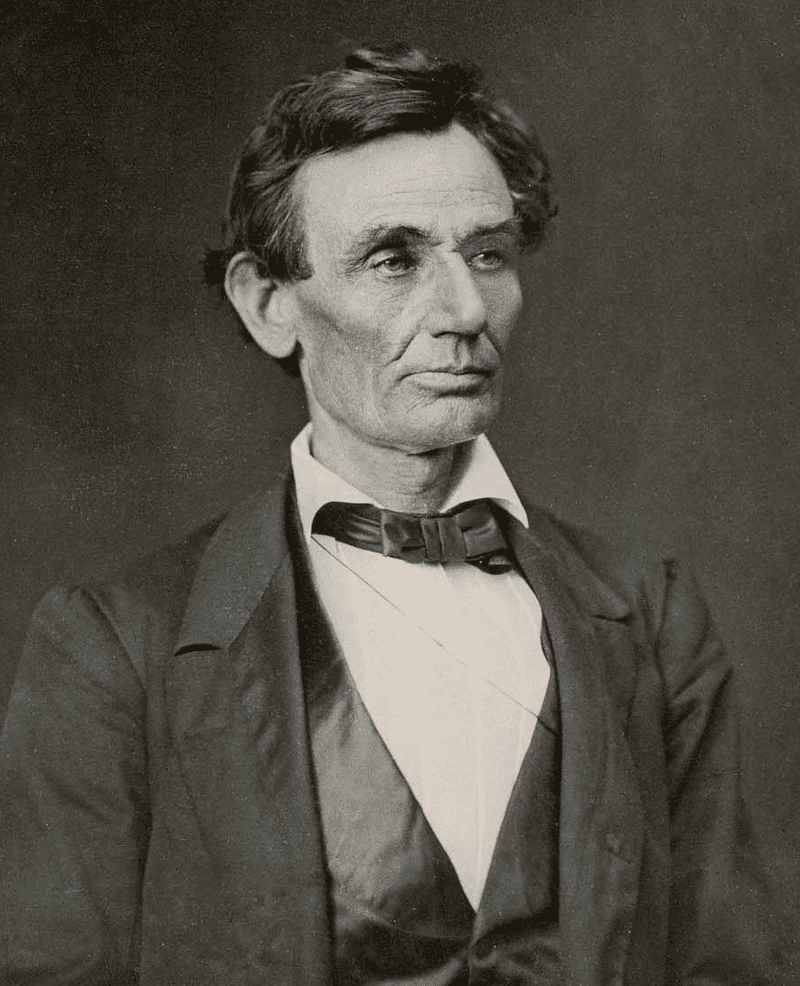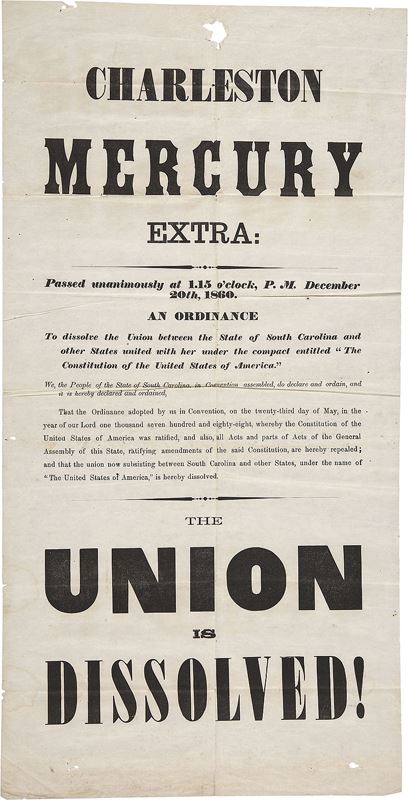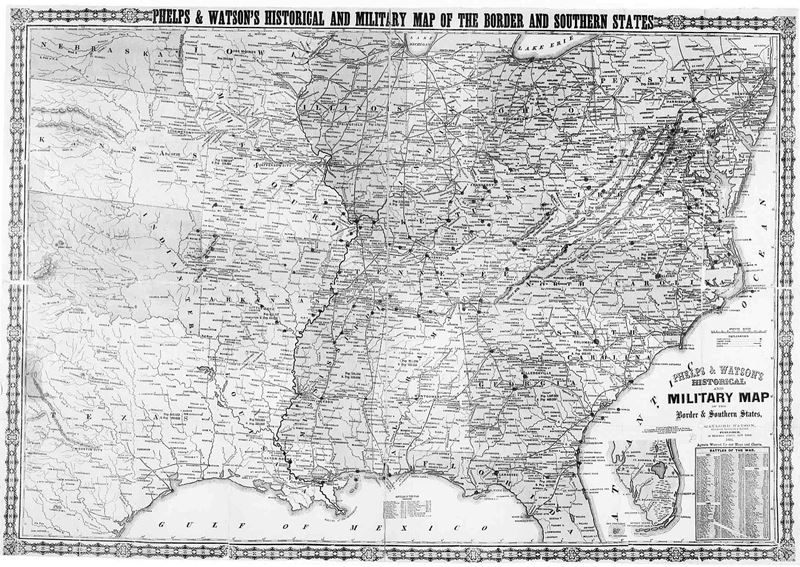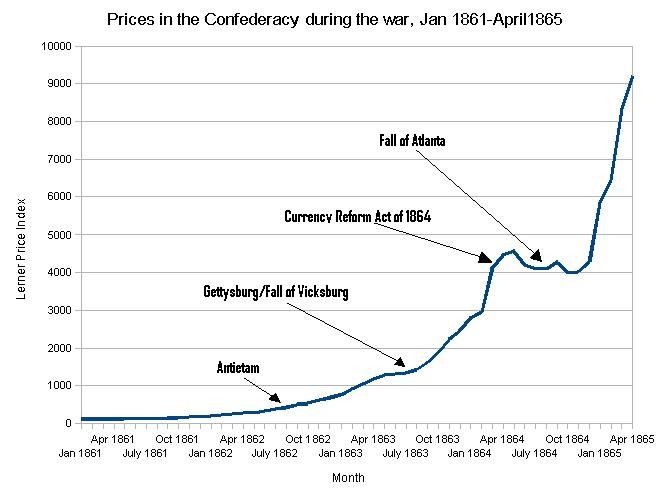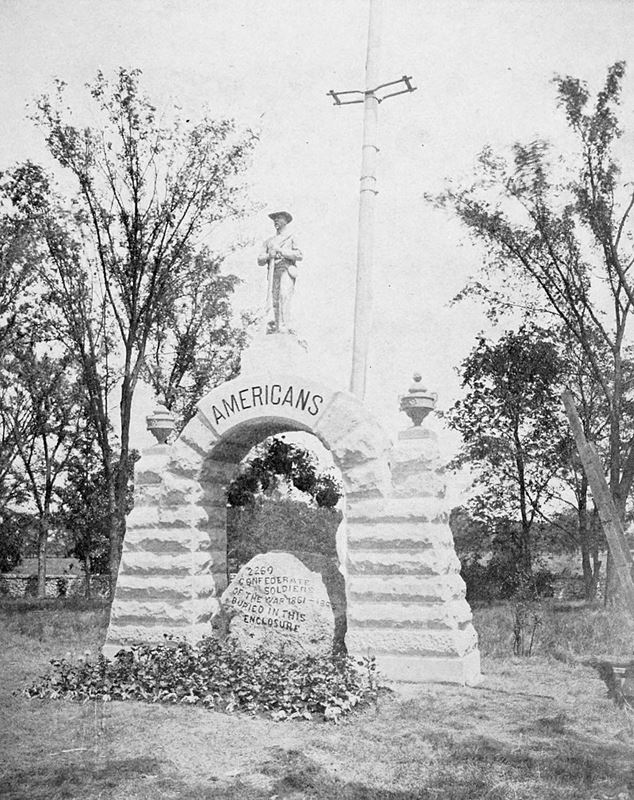The Eastern Bloc, also known as the Communist Bloc and the Soviet Bloc, was the group of socialist states of Central and Eastern Europe, East Asia, Southeast Asia, Africa, and Latin America under the influence of the Soviet Union that existed during the Cold War (1947–1991). These states followed the ideology of Marxism–Leninism, in opposition to the capitalist Western Bloc. The Eastern Bloc was often called the Second World, whereas the term “First World” referred to the Western Bloc and “Third World” referred to the non-aligned countries that were mainly in Africa, Asia, and Latin America but notably also included former pre-1948 Soviet ally SFR Yugoslavia, which was located in Europe.
In Western Europe, the term Eastern Bloc generally referred to the USSR and Central and Eastern European countries in the Comecon (East Germany, Poland, Czechoslovakia, Hungary, Romania, Bulgaria, and Albania[a]). In Asia, the Soviet Bloc comprised Mongolia, Vietnam, Laos, Kampuchea, North Korea and China.[b][1][2][3][4][5] In the Americas the countries aligned with the Soviet Union included Cuba since 1961 and for limited periods Nicaragua and Grenada.

